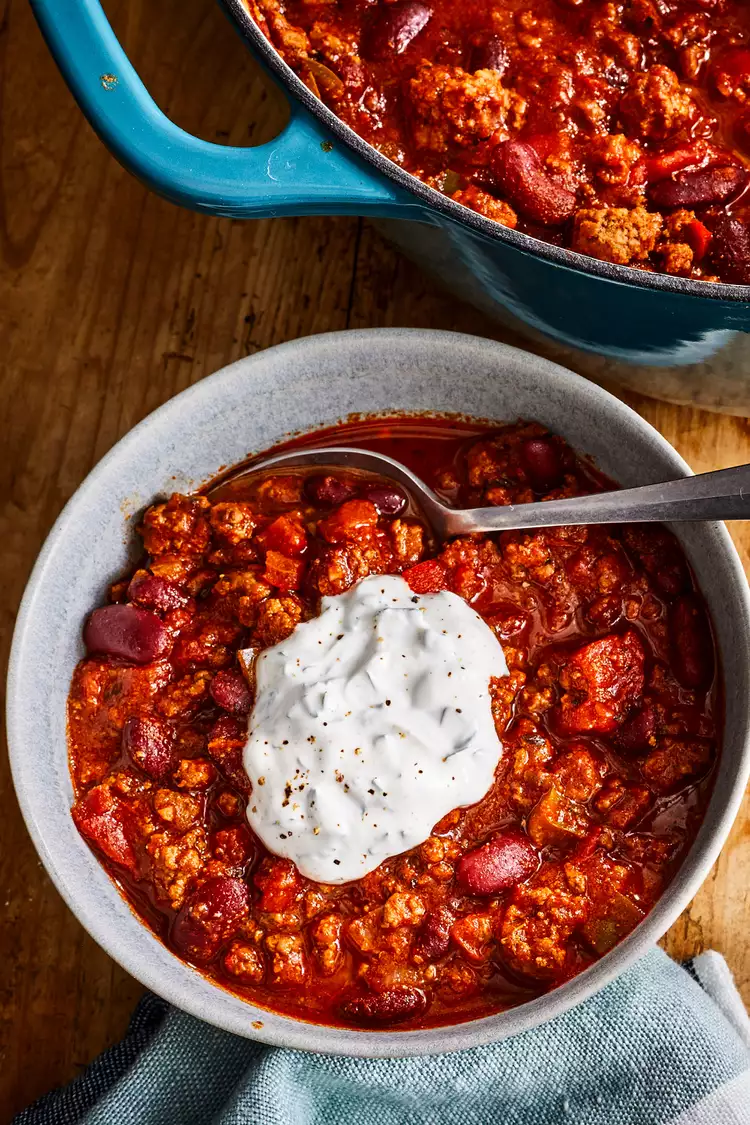- No. 268 Xianghe Street, Economic Development Zone of Xingtai city, Hebei 054001 China
- Byron@hbhongri.cn
making paprika
The Art of Making Paprika A Flavorful Journey
Paprika, a vibrant spice made from ground dried peppers, is a staple in many kitchens around the world. Its rich color and diverse flavor profile can elevate any dish, from stews and soups to salads and marinades. While paprika may appear to be a simple ingredient, the process of making it is both an art and a science, deeply rooted in tradition and culture. In this article, we will explore the journey of making paprika, from growing the peppers to grinding them into powder, and the significance of this spice in culinary history.
Growing the Peppers
The journey of paprika begins in the fields where farmers cultivate specific varieties of peppers. The most commonly used peppers for paprika include the sweet bell pepper, the Hungarian pepper, and the Spanish pimento. Each variety brings its own unique flavor profile, ranging from sweet and mild to hot and smoky. Farmers typically plant these peppers in well-drained soil, under warm sunshine, which is essential for developing the right flavors.
Harvesting usually takes place in late summer to early fall, when the peppers are at their peak ripeness. The peppers are handpicked to ensure that only the best quality fruits are selected. Careful handling during this stage is crucial; any bruised or damaged peppers can affect the overall quality of the paprika.
Drying the Peppers
Once harvested, the peppers need to be dried to concentrate their flavors. There are various methods for drying, with hanging them in bundles in a well-ventilated area being one of the most traditional approaches. This method allows the peppers to air dry slowly, which helps in preserving their flavor and color. Alternatively, some producers use dehydrators or ovens to expedite the process, especially in regions with high humidity.
The drying process is critical; it not only enhances the sweetness of the peppers but also ensures that the final paprika has a long shelf life. Properly dried peppers should be brittle and break easily, which indicates that they have lost most of their moisture content.
Grinding the Dried Peppers
making paprika

After the drying process is complete, the next step is grinding the peppers into a fine powder. This is where the art of making paprika truly shines. Different cultures have varying preferences for the coarseness of the grind; for instance, Hungarian paprika is typically ground to a finer powder compared to its Spanish counterpart, which may retain some texture.
When grinding, it's essential to use clean, dry equipment to avoid contamination. Traditional stone grinders are sometimes used to achieve a more artisanal result, while modern electric grinders offer convenience and speed. The key is to achieve a consistent texture that reflects the desired final product.
The Flavor Profile
Paprika is often categorized into four main types based on its flavor sweet, hot, smoked, and an assortment of specialty blends. Sweet paprika, which is the most common variety, brings a gentle sweetness and rich color to dishes, while hot paprika offers a spicier kick. Smoked paprika, often associated with Spanish cuisine, introduces a deep, smoky flavor that can profoundly enhance meat dishes, stews, and even vegetables.
Each variety of paprika brings unique culinary attributes, making it essential for cooks to select the right type according to the dish they are preparing. The versatility of paprika means it can complement a range of cuisines—from Hungarian goulash to Spanish paella.
The Cultural Significance
Beyond its culinary applications, paprika holds cultural significance, particularly in Hungary and Spain. In Hungary, paprika is considered more than just a spice; it is a cornerstone of national identity and cuisine. Celebrated festivals often highlight its importance, with paprika powders showcased as symbols of local agricultural pride. In Spain, smoked paprika is integral to the country’s tapas culture, where it adds depth to various small plates.
Conclusion
Making paprika is a meticulous process that embodies a rich cultural heritage. From the careful selection of peppers to the art of grinding, each step in the process holds significance. Whether you’re a professional chef or a home cook, understanding the journey of paprika can deepen your appreciation for this vibrant spice. So next time you sprinkle paprika into your dish, remember that you’re not just adding flavor; you’re connecting with centuries of tradition and craftsmanship, enriching your culinary experience.
-
The Versatile Uses and Benefits of Capsicum Frutescens Oleoresin and ExtractsNewsJun.03,2025
-
Paprika&Chili Products Enhancing Flavor and Wellness in Every BiteNewsJun.03,2025
-
Paprika Extract and Capsicum Applications in Food and IndustryNewsJun.03,2025
-
Exploring the Benefits and Uses of Turmeric Powder and Curcumin ExtractNewsJun.03,2025
-
Discover the Bold Flavor of Premium Chilli Powder from ChinaNewsJun.03,2025
-
Capsicum Oleoresin Extract: A Potent Natural Ingredient in Modern ApplicationsNewsJun.03,2025







